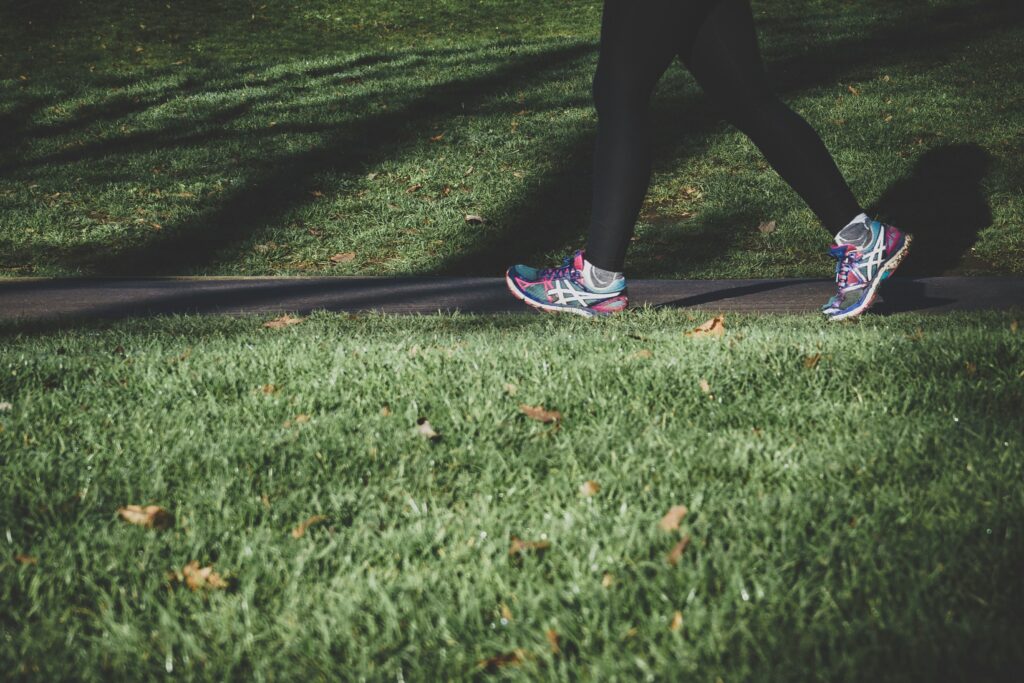How Walking 30 Minutes a Day Can Change Your Health
Walking 30 minutes a day benefits your body, mind, and overall well-being — especially when combined with an Indian diet and intermittent fasting. In this blog, I’ll share how this simple habit transformed my health in just a few months.
My Turning Point: A Life That Needed a Reset
Like many young professionals in India, my routine revolved around sitting at a desk, late-night Netflix binges, and irregular meals. I had tried crash diets, yoga tutorials on YouTube, even green tea detoxes — but nothing was sustainable. I felt sluggish, bloated, and unmotivated. That’s when I decided to make one small change: walk for 30 minutes every day.
Week 1: Starting Small — And Sticking to It
The first few days were surprisingly hard. I’d walk in my apartment complex after dinner. No fancy gear, no smartwatch — just my slippers and a quiet playlist. My goal wasn’t to lose weight instantly but to build a habit. By the end of the first week, I noticed:
- Better digestion after meals
- Improved sleep quality
- A boost in mood, especially in the evenings
Week 2: Adding Purpose to My Walks
As I continued, I found it easier to walk briskly. I started listening to podcasts on intermittent fasting and Indian nutrition. Walking had become “my time” — free from screens, stress, and distractions. Some things that helped me stay consistent:
- Walking after meals – especially dinner – improved my metabolism
- Timing it with my fasts (I follow a 16:8 intermittent fasting window)
- Wearing lightweight sneakers for better comfort and posture
The Health Benefits I Began to Experience
By the third week, things were changing fast — not just physically but mentally and emotionally. Here’s what I experienced:
1. Natural Weight Loss Without Diet Pills
Combined with an Indian diet rich in whole grains, dals, sabzi, and fermented foods, walking helped me lose about 2 kg in the first month. I didn’t cut out roti or rice but simply reduced the portion sizes and avoided fried foods at dinner.
2. Lower Sugar Cravings
Evening walks helped curb my post-dinner sweet tooth. Instead of reaching for gulab jamun, I felt satisfied with a fruit bowl or saunf.
3. Improved Mental Clarity
The quiet time during walks gave me space to think. I solved work problems faster, felt more creative, and even planned my meals better.
4. Stronger Immunity and Fewer Colds
Earlier, I would catch a cold every other month. But after walking regularly, I noticed fewer sniffles, better energy levels, and improved stamina.
My Indian Diet While Walking Daily
Contrary to what people think, you don’t need to eat fancy protein bars or drink kale smoothies. Here’s how my daily meals looked:
- Morning (Post-Fast): Overnight soaked almonds, a bowl of poha with veggies, or besan chilla with mint chutney
- Lunch: 2 rotis, dal, sabzi, salad, and a small portion of curd rice
- Evening: Herbal tea with roasted chana or makhana
- Dinner: Light khichdi, moong dal soup, or stir-fried veggies with one phulka
Want to know more about the best Indian diet plans? Read this blog on Best Diet Plans for Indians Based on Body Type.
Practical Walking Tips for Indian Lifestyles
Sticking to a walking routine is easier when you adapt it to your surroundings and schedule. Here are a few tips:
- Use local parks – Most Indian colonies and towns have gardens or jogging paths
- Walk after dinner – A short 20–30 minute walk post-dinner aids digestion
- Walk barefoot on grass – Especially in the morning, it’s refreshing and grounding
- Don’t wait for perfect weather – Walk indoors if it’s raining or too hot
- Carry water and wear cotton – Comfort matters in Indian weather
How It Helped My Intermittent Fasting Journey
Walking helped me stay active during fasting hours. It distracted me from hunger pangs and stabilized my blood sugar. I usually walk during the last hour of my fast — just before I break it around 11 am.
My Body and Mind: A Year Later
Now, over a year since I began this journey, here’s where I stand:
- Lost 8 kg without restrictive diets
- Better skin, fewer breakouts, and improved digestion
- Increased energy and productivity
- Minimal bloating and no more evening lethargy
- Regular menstrual cycles and reduced cramps
Cultural Habits That Support Walking in India
Many of our traditional Indian habits support an active lifestyle — we just need to revisit them:
- Walking to nearby markets instead of driving
- Doing household chores like jhadoo, pochha, and gardening
- Taking a break for evening “chai walks” with family
How You Can Start Today
If you’re new to walking, here’s how you can begin:
- Start with 10-15 minutes a day and build up gradually
- Choose a time that fits your schedule (mornings or after dinner work well)
- Pair it with fasting or a balanced Indian diet
- Stay consistent — even on weekends
- Track your steps using your smartphone if you like metrics
Final Thoughts: A Walk That Changed Everything
We often underestimate the power of simple habits. Walking 30 minutes a day gave me results that no crash diet or supplement ever could. It’s free, flexible, and fits perfectly into an Indian lifestyle. Whether you’re trying to lose weight, boost your fitness, or improve your mental well-being — take that first step. Literally.
Let your health journey begin today. And remember, it’s not about intensity — it’s about consistency.
Looking for more such real stories and tips? Visit LiveTheHealthyLife.in and start walking toward better health.
Tags:
#IndianDiet #WalkingBenefits #IntermittentFastingIndia #WeightLossJourney #LiveTheHealthyLife #FitnessTipsIndia #HealthyLifestyleIndia
